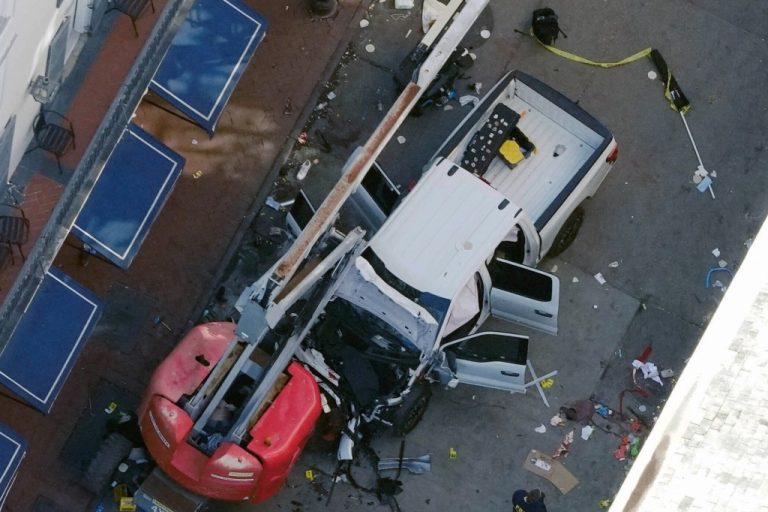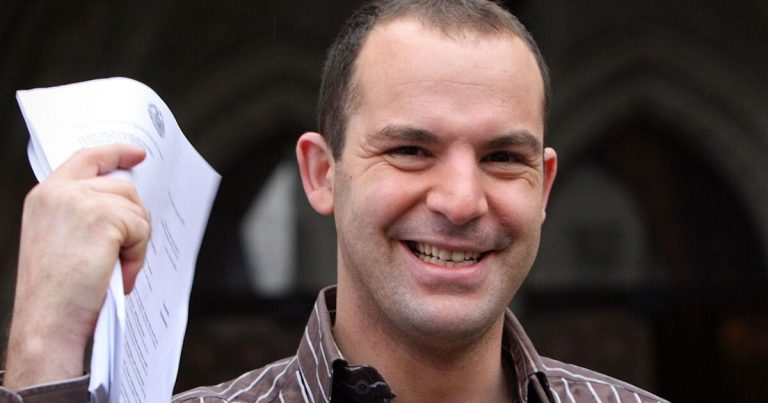Calling it a “consolidation” rather than a closure, Scripps Health notified workers Thursday morning that it plans to cease labor and delivery operations at its Chula Vista hospital and instead refer deliveries to its sister facility in Hillcrest to make way for services designed to reduce pressure on its overburdened emergency department.
The move affects the jobs of 135 staff members at Scripps Mercy Hospital Chula Vista. The change cannot occur for at least 90 days, according to state law.
Workers, a company spokesperson said Thursday, will have the opportunity to fill other jobs at Scripps, which operates several hospitals and many outpatient facilities across the region. And, because existing labor and delivery work now being performed at Scripps Mercy Chula Vista will be transferred to Scripps Mercy Hospital San Diego in Hillcrest, some existing workers will be needed at the consolidated location.
“We are working on the staffing plan for Mercy San Diego now and will be offering those opportunities to our staff at Chula Vista, but we can’t quantify that yet,” said Janice Collins, Scripps’ senior director of marketing and communications in an email.
The change affects only obstetrics, but gynecology services will still be offered at Mercy Chula Vista.
Scripps executives said the hospital’s 30-bed OB unit, which handles labor and delivery, has been underused, as has the unit at Mercy San Diego.
Numbers reported to the state in 2022, the most recent year for which public data is available, appear to bear that statement out. In that year, less than half of either facility’s bed capacity was occupied. Meanwhile, said Debra McQuillen, Scripps’ chief operations executive, demand has been fierce in Chula Vista for other types of care.
“We are continuing to see really high demand from our community, particularly in South Bay, for (emergency) services, for mid-surgical services and for cardiac services,” McQuillen said. “We have been operating at full or above our licensed capacity in both the (emergency department) and our (medical-surgical) beds every day.”
The idea is to convert Chula Vista existing obstetrics beds into a sort of pressure relief valve for the hospital’s perennially crowded emergency department. Many patients, noted Dr. Juan Tovar, an emergency physician at Mercy Chula Vista and Scripps vice president, arrive with symptoms that cannot be immediately diagnosed. Generally, he said, they have occupied emergency beds, sometimes for days, while caregivers await test results or changes in vital statistics.
“Sometimes we have to do multiple tests or specialty consultations to understand, for example, where that patient who came in with chest pain needs to go,” Tovar said. “This unit will provide a space where that patient can be seen over time, instead of holding them in an (emergency) bed.”
Mercy Chula Vista is the second South Bay hospital to stop labor and delivery activities. In 2021, Paradise Valley Hospital in National City ended its obstetrics program. If and when Mercy obstetrics are consolidated in Hillcrest, only Sharp Chula Vista Medical Center will continue to provide birthing services in the area.
Tri-City Medical Center in Oceanside also recently closed its labor and delivery department, and its neonatal intensive care unit, citing low patient volume and difficulties recruiting staff.
Especially at rural hospitals, labor and delivery has been on the chopping block nationwide as hospitals hit by soaring labor and supply costs and competition for a smaller workforce, have taken their toll. Demographics have also played a roll. America’s aging population is simply generating fewer births. A 2022 report from the National Center for Health Statistics found that the national birthrate has fallen every year since roughly 2007, when there were nearly 70 births per 1,000 women age 15 to 44, compared to 56 per 1,000 in 2021, the most recent year for which nationwide data is available.
Media accounts have documented women driving many miles to deliver after their rural hospitals stop offering labor and delivery services. In some cases, treks to give birth have exceeded 50 miles one way. But that’s not the case for those in Chula Vista. Scripps Mercy San Diego, which will be the home of the consolidated unit, is only about 12 miles north of its sister facility in South Bay. Sharp Chula Vista is about six miles east.
While six or 12 miles can still be a difficult distance for those without reliable transportation, and Scripps Chula Vista does serve a high percentage of patients with Medi-Cal health coverage due to financial hardship, Usha Ranji, associate director for women’s health policy at Kaiser Family Foundation, said that the bigger concern is access to prenatal care, especially the regular office visits that precede delivery and those that occur after a baby is born and discharged home.
“It is important to remember that it is a whole system of care,” Ranji said. “One concern when you have a decrease in the number of hospitals accepting deliveries in an area is that providers of OB services may migrate over time closer to the hospitals that do offer labor and delivery.”
Scripps officials said they plan to keep existing obstetrics and gynecology outpatient services for expecting mothers in place in Chula Vista, meaning that women should be able to continue receiving checkups and other services in the area, including in community clinics, without having to travel.
Tovar also said that the Mercy Chula Vista emergency department will continue to staff medical personnel with obstetrics skills to handle unplanned deliveries that occur when expecting mothers arrive in emergency situations.
“If they are stable, and there is an opportunity, we will transport them by ambulance to a hospital with full services,” Tovar said.







